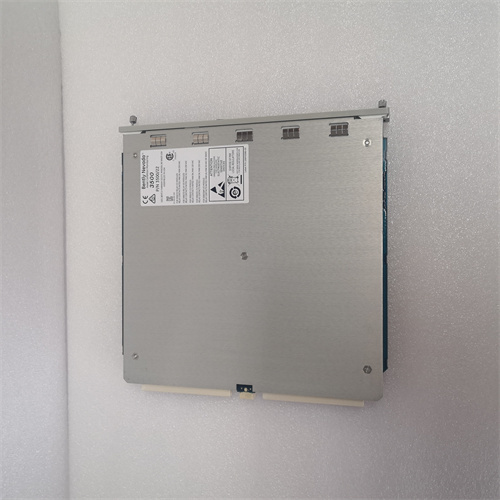Description
Parameters & Specifications:
Measurement Range: Typically, it can measure velocities ranging from 0-25mm/s.
Frequency Range: Operates within a frequency range of 10-1000Hz.
Power Requirement: It requires AC 220V/50Hz for power supply.
Operating Temperature Range: The module can operate within a temperature range of -20℃ to 80℃.
Signal Processing: It features 2 input channels for measuring signals and provides 4 output signal channels.
Signal-to-Noise Ratio: Greater than 80dB, ensuring clear and undistorted signal transmission.
Sampling Rate: 10kHz, enabling high-speed data acquisition.
Storage Capacity: 2GB, sufficient for storing large amounts of data.
Dimensions & Weight:
Dimensions: Approximately 120mm x 80mm x 35mm in size.
Weight: Exact weight may vary depending on the configuration and accessories, but it is typically lightweight for ease of installation and handling.
Features:
Versatile Application: It can be widely used in various rotating machinery vibration monitoring applications, including gearboxes, pumps, fans, compressors, and generators.
High Accuracy: The module provides accurate measurements and reliable performance, crucial for industrial automation systems.
Robust Design: It is designed to withstand harsh industrial environments, ensuring long-term stability and durability.
Easy Integration: The module can be easily integrated into existing automation systems, providing seamless data exchange and control.
Functions & Applications:
Vibration Monitoring: It is primarily used for vibration monitoring in rotating machinery, enabling early detection of potential faults or issues.
Process Control: By integrating with other automation components, it can contribute to precise process control and optimization.
Fault Prevention & Maintenance: Through continuous monitoring, it helps prevent unexpected failures and supports predictive maintenance strategies.















Reviews
There are no reviews yet.